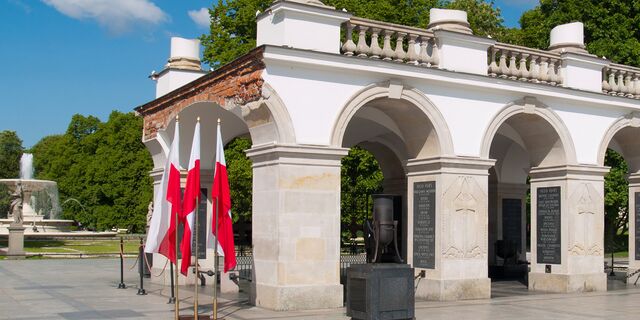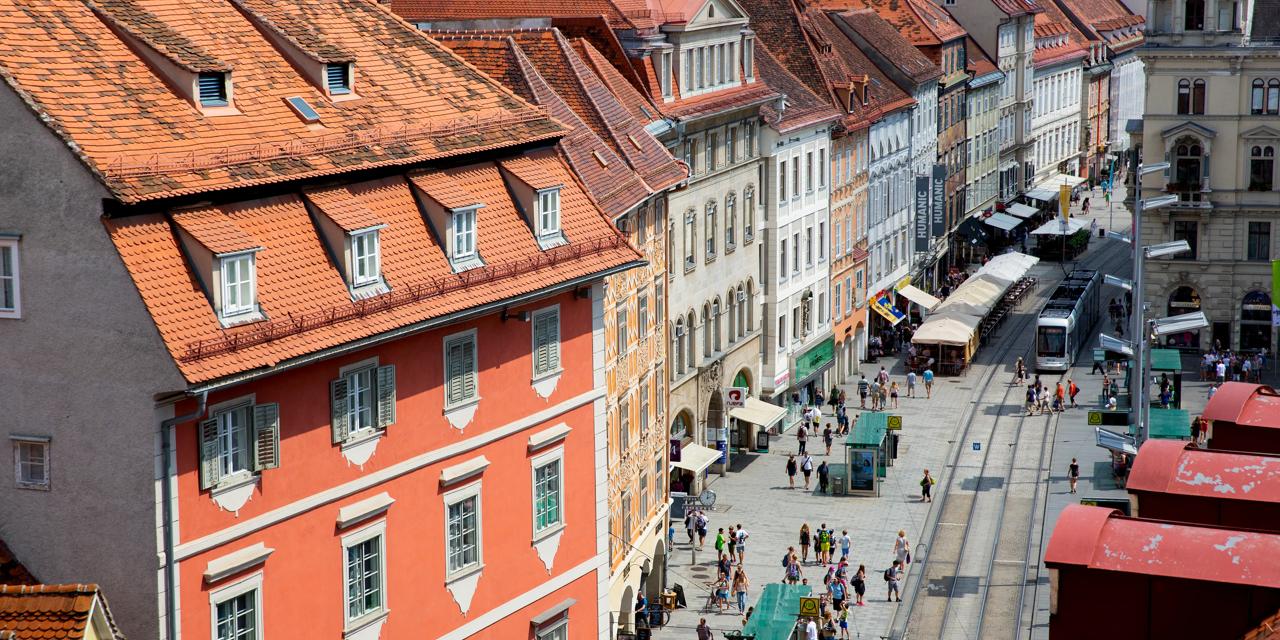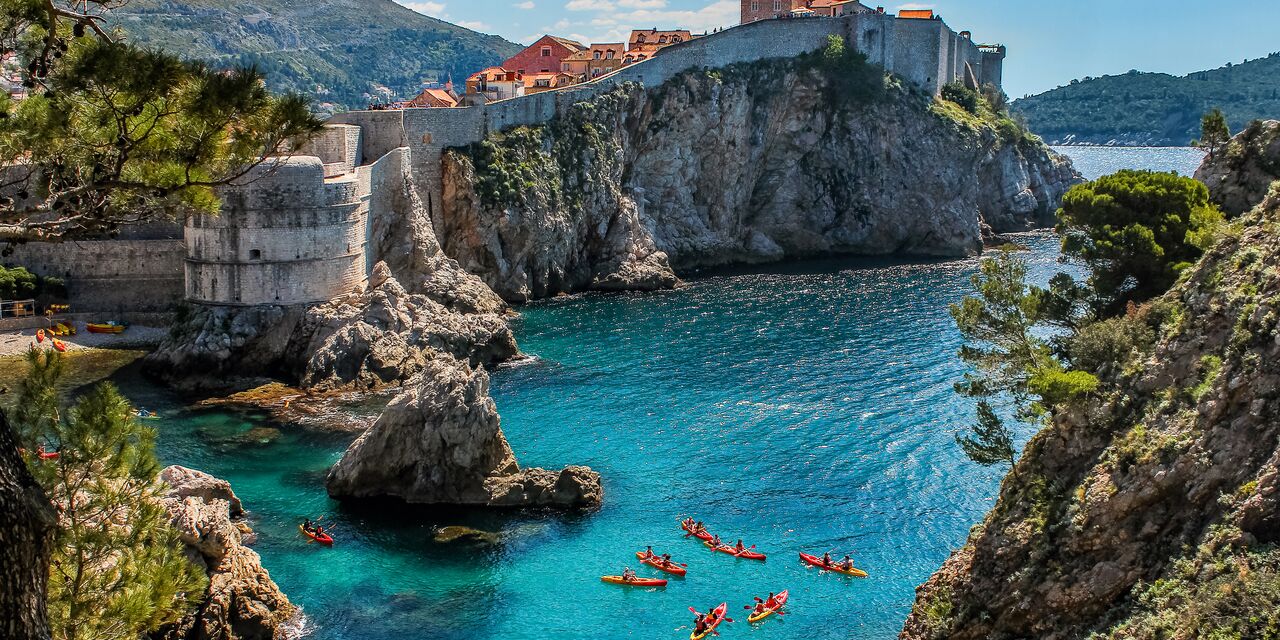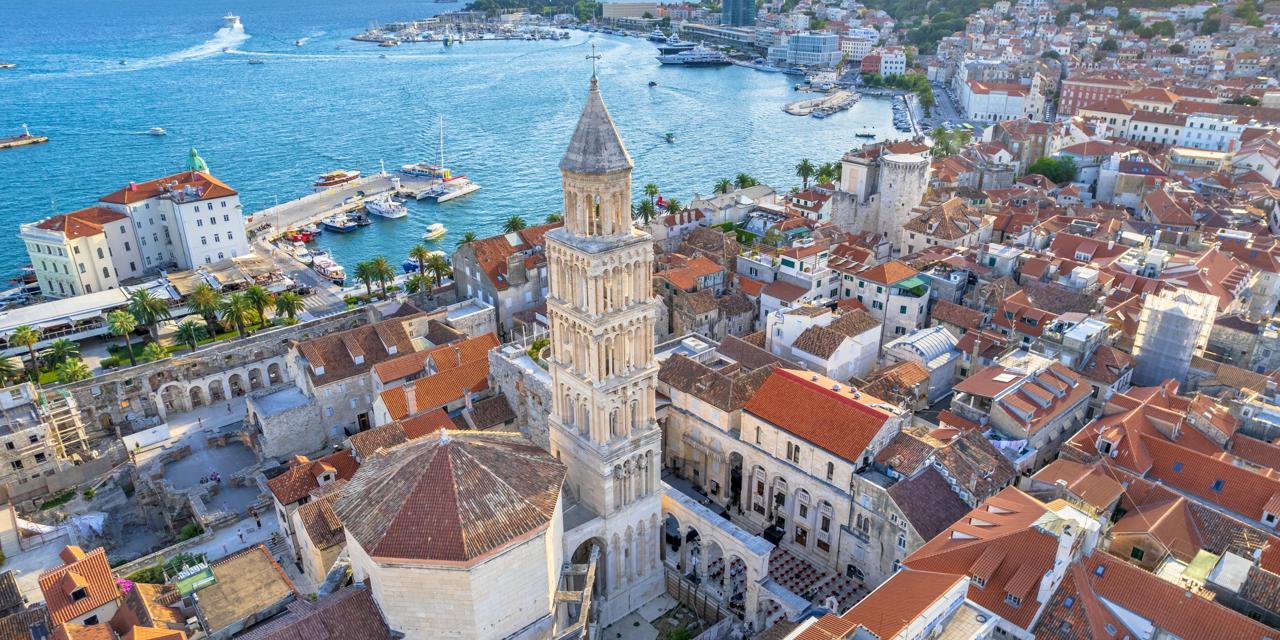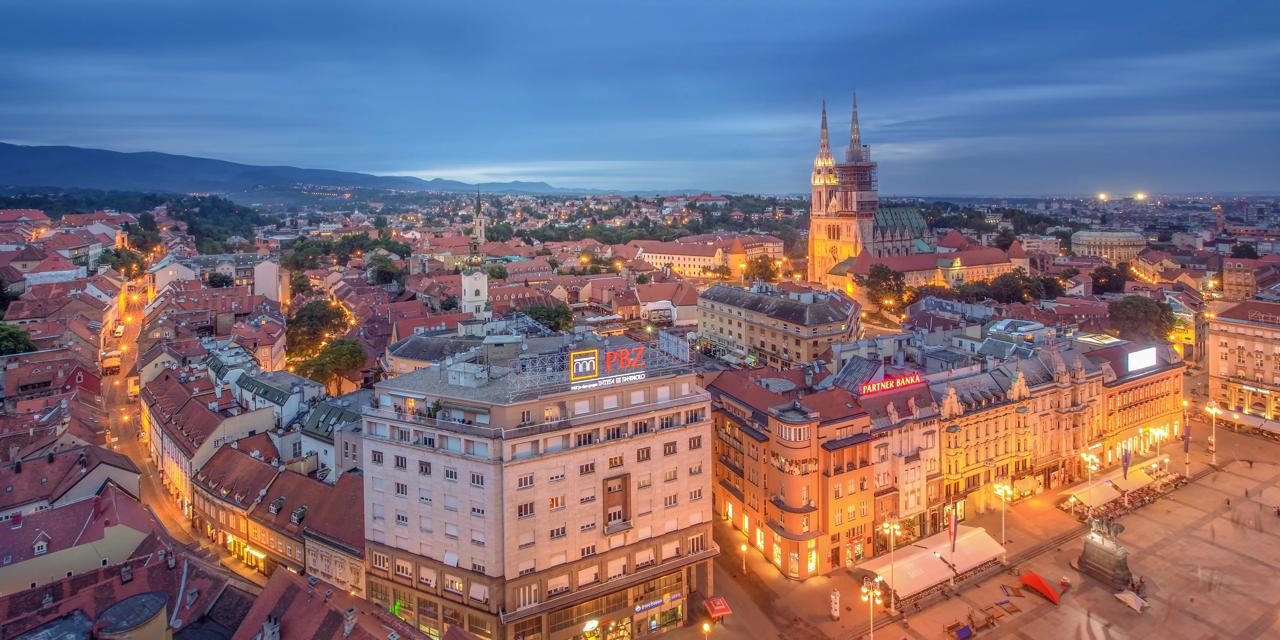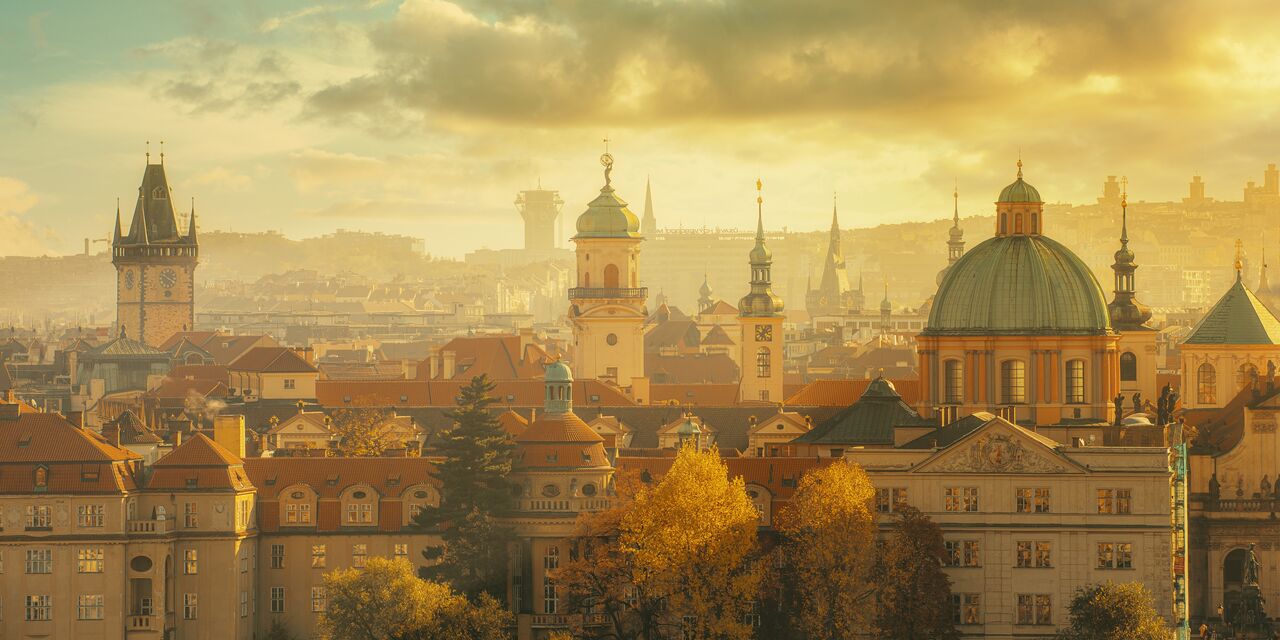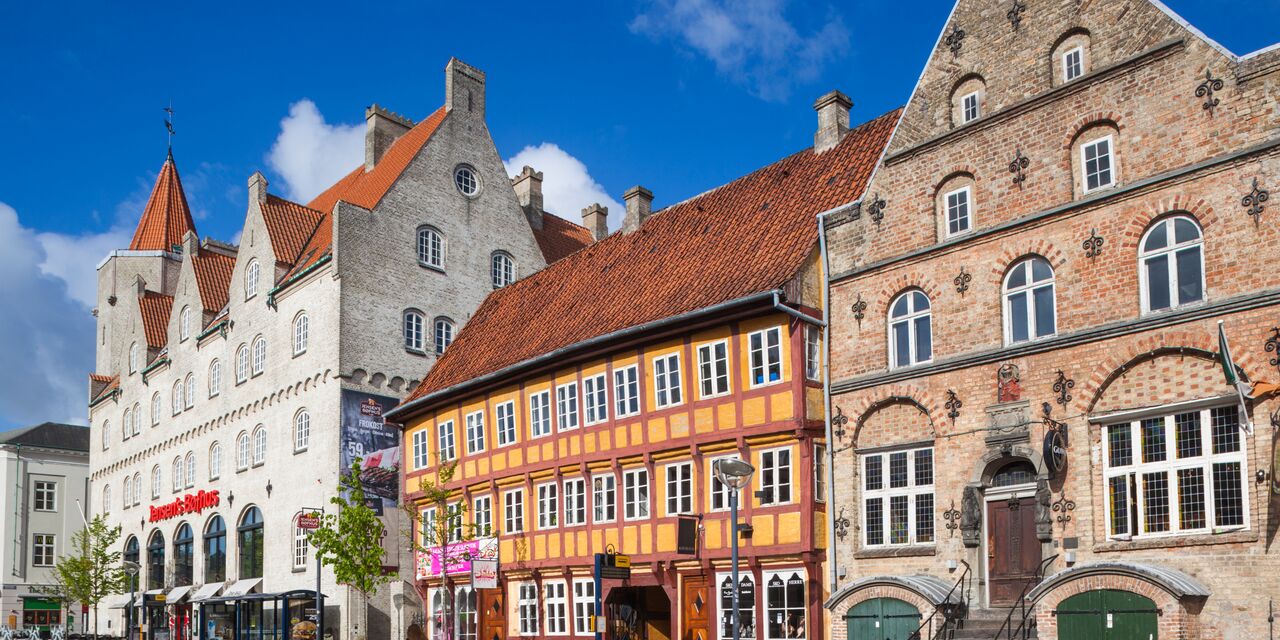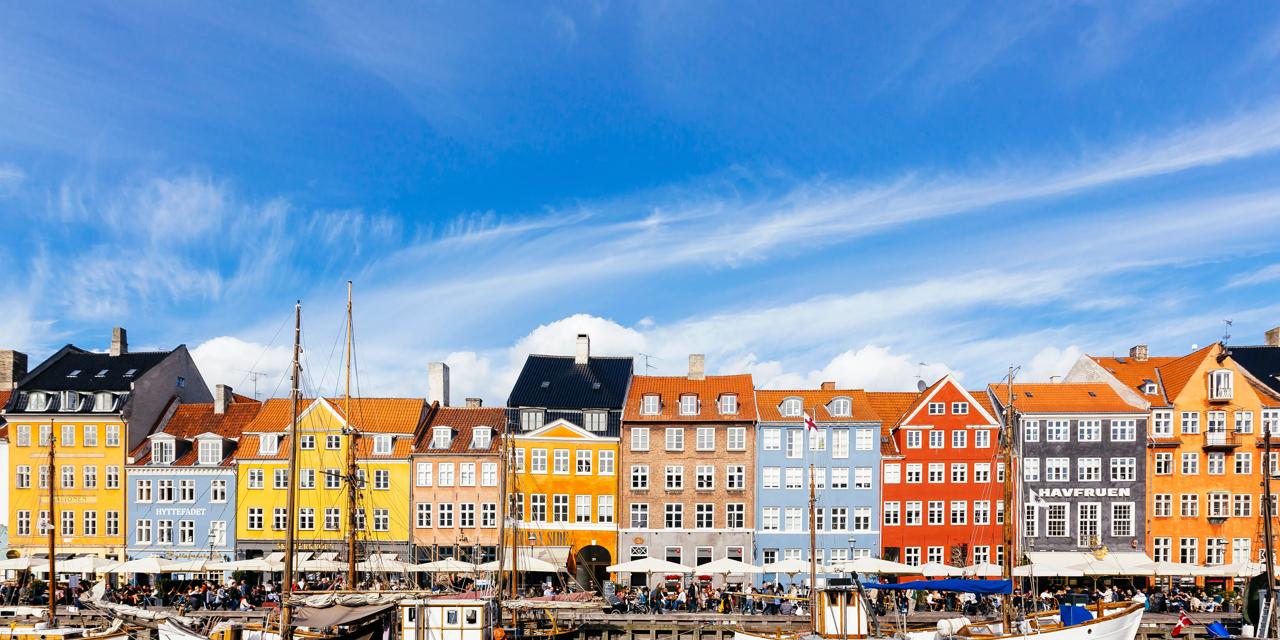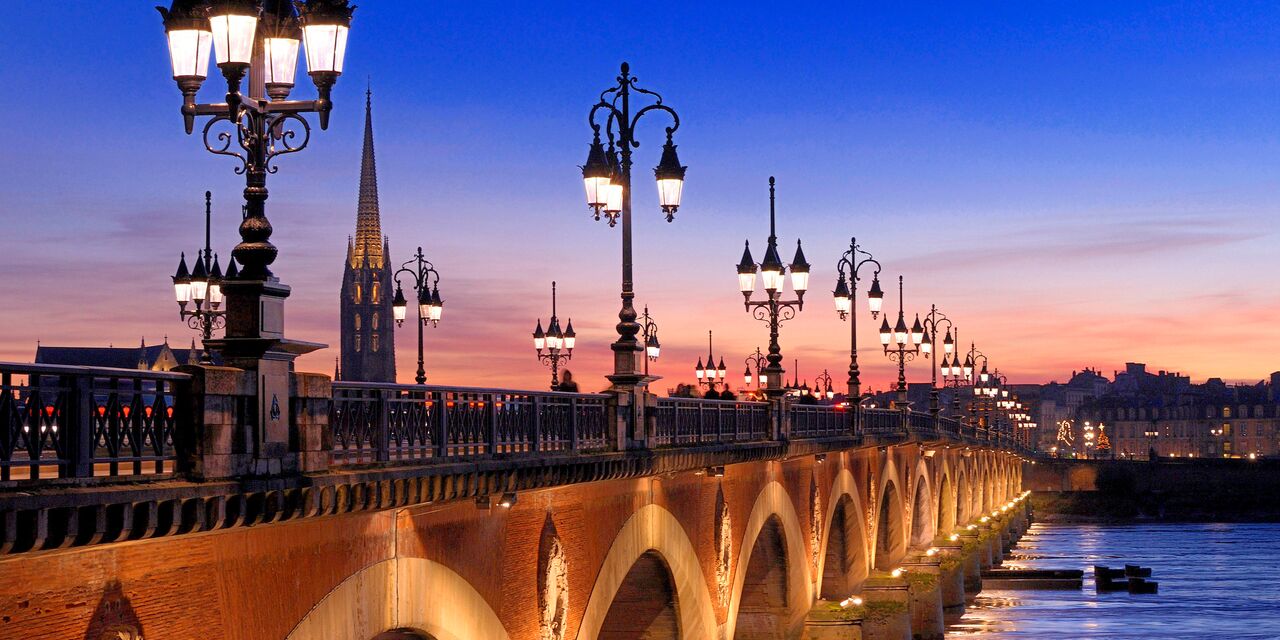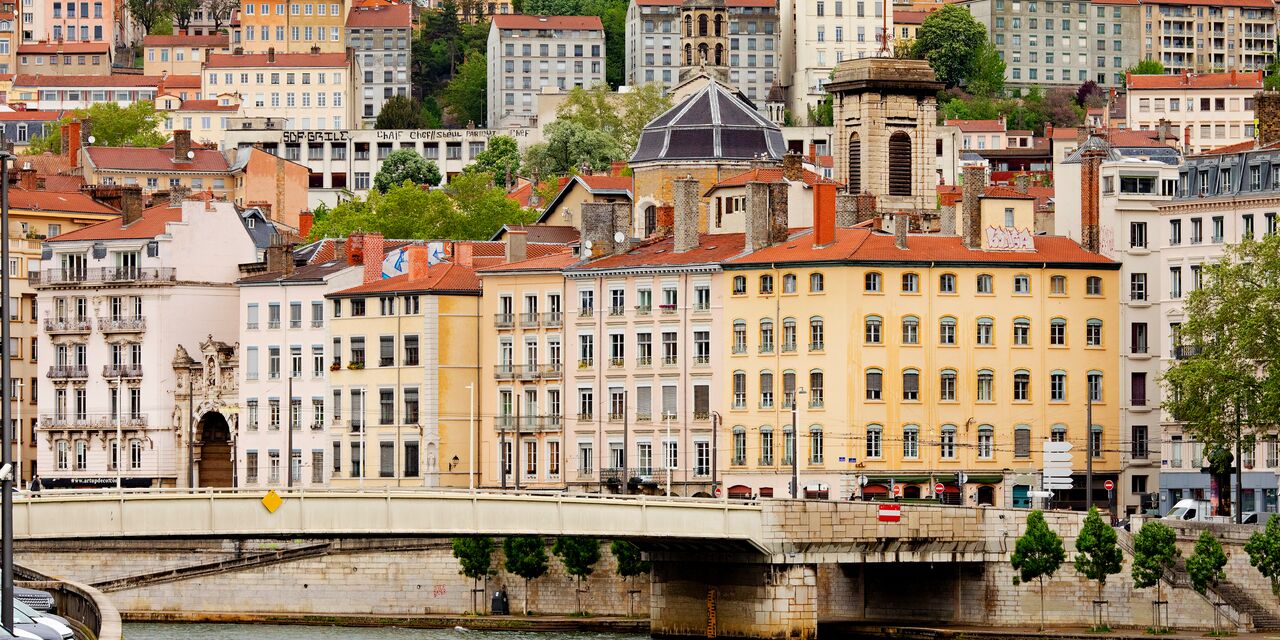Warsaw's new old city
The historic centre of Warsaw is a pleasant exception to the Communist concrete that defines many Central European cities. The medieval Stare Miasto (old town) is one of the most popular destinations in Poland. It seems hard to believe that the old city was almost lost after German occupiers reduced most of it to rubble.
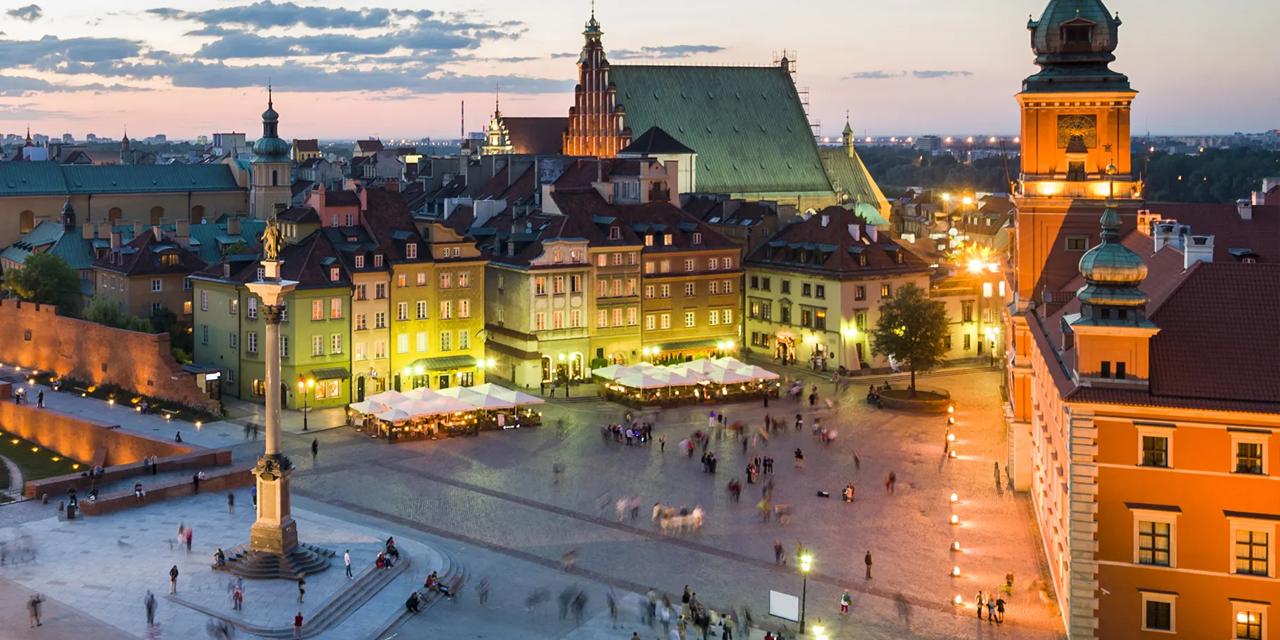
Russians and Germans
Stare Miasto began in the 13th century around the castle of the Dukes of Masovia, which then became the Royal Palace. Initially, the old city was surrounded by a dirt wall that was later replaced by a stone wall. For many years the neighbourhood played a central role in city life. However, during the 19th century this part of Poland that included Warsaw was conquered by the Russian Empire, and Stare Miasto lost its commercial importance as the heart of the capital. After World War I, Poland regained its sovereignty and the castle became the seat of the country's highest office - that of the president and his chancellery. The country’s self-determination proved short-lived when Germany invaded in 1939. Although the Luftwaffe caused substantial damage to the old city, most of it survived. But when in 1944 the Germans retaliated for the Warsaw Uprising, they left Stare Miasto in ruins.
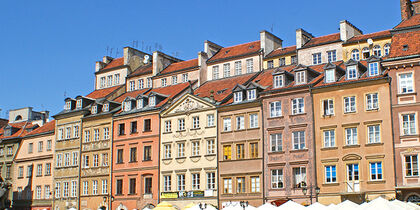
Around the market square
Rynek Starego Miasta, the lively central market square, is a good starting point for exploring the old city. Visit the nearby St. John's Cathedral, where Polish kings were crowned and buried. Also take a look in the Ul. Piwna, the longest street of the old city; paintings and gargoyles adorn the façades. Treat yourself to a delicious refreshment at Karmnik, the popular cocktail bar at number 4A.
Discover other destinations in Europe
*以上顯示一位成人的價格。所有金額均為 TWD。 包含稅項與額外費用。 不會收取預訂費用,但可能會收取付款附加費。 根據票價供應情況,顯示的票價可能會有所不同。 當您選擇付款方式後,會顯示最終的票價。
The weather forecast information is provided by World Weather Online. Air France-KLM is not responsible for the reliability of this data.

